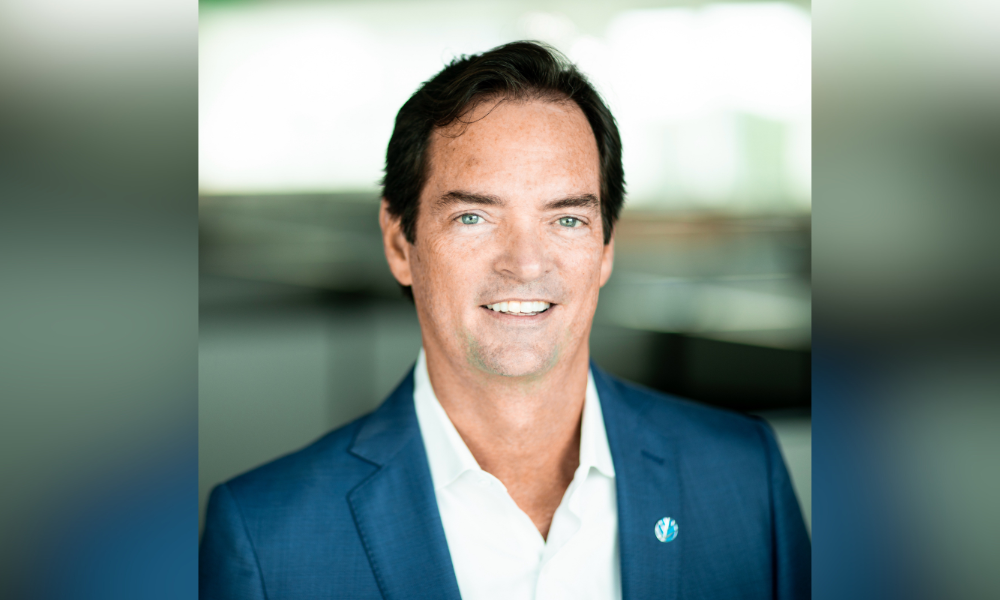Banner year for the space could be ahead as borrower and broker attention surges

It’s been steadily gathering market share in recent years, and the non-QM space could have considerable room to grow further in 2025 as a rising number of borrowers gain exposure to the sector.
Originators and brokers, too, are becoming increasingly aware of the sector’s growth potential, not least because it offers options where traditional lending may prove unwilling or unable to offer options for borrowers.
Surging originator interest in non-QM will be a continuing trend throughout the year ahead, according to Angel Oak Mortgage Solutions president Tom Hutchens (pictured top).
He told Mortgage Professional America brokering a first loan in the sector was often enough to convince originators it was an option they needed to tap into more regularly.
“It continues to grow as agency volume, due to rates, has been down,” Hutchens said of the non-QM space. “We’ve seen a lot of originators, after they originate a non-QM loan, realize that there’s some opportunity out there.
“There are some underserved borrowers that have been neglected and now that they actually originated a non-QM loan, they understand the loan itself and the process itself much better. They’re much more apt to go out and seek these non-QM borrowers because they’re out there and they have needs for financing.”
Brokers, meanwhile, are setting out their stall for a strong year of non-QM business as the sector becomes an increasingly viable option for plenty of different client types.
“We’re definitely gearing up to have a big year for non-QM,” Andrew Russell of RCG Mortgages told MPA. “We’re gearing a lot of [marketing] content towards non-QM. There’s a ton of investors out there that want to refi investment properties or buy investment properties in spots with no income check based on the market rents.
“There’s a huge market for it – and it’s a great mortgage product. There’s a ton of self-employed borrowers who didn’t qualify with their tax return, the old-school calculation, but now with their bank statements or a profit and loss statement, they’re able to qualify. There’s a ton of borrowers who are foreign nationals. I think if you’re a prudent mortgage loan officer and a prudent mortgage company, that has to be something that you focus on with the right lenders that you work with.”
Gap between conventional and non-QM loans narrows
Non-QM loans typically require a higher credit score than conventional options, while the variance between conventional mortgage and non-QM rates has also narrowed. That’s a marked difference from years gone by, Russell said, when it was commonplace for non-QM rates to be 2-3% higher than more mainstream loans.
The US added 151,000 jobs in February, but unemployment rose to 4.1% amid economic uncertainty. Healthcare and transportation saw job gains, while government payroll growth was weak. https://t.co/niH3JMOU78
— Mortgage Professional America Magazine (@MPAMagazineUS) March 7, 2025
A CoreLogic study last year showed the average 30-year rate for non-QM loans was 6.7% compared with 6.4% in the QM space.
“I think success is in the niches. I think non-QM mortgages are definitely a niche, but they’re also not unsafe mortgages,” Russell said. “They’re 30-year fixed rate mortgages. There’s no funky stuff in them. There’s no adjustable. There’s higher equity positions.
“It’s all about the marketing. There’s a market out there that’s just not aware that if you can get 20% down and you’re self-employed, you could pretty much have unlimited purchasing power. It’s just spreading that message.”
Growing quality of non-QM borrowers a continuing trend
In 2024, non-QM loans mainly fell outside conventional lending standards because of the use of alternative or limited documentation (62%), mortgages whose DTI (debt to income) ratios exceeded 43% (26%), or interest-only loans (17%), according to CoreLogic’s report.
That study also highlighted the growing credit quality of non-QM borrowers, with an average non-QM credit score of 776 last year compared with 781 for conventional loans and 699 for government-backed products.
The growing quality of this mortgages, according to CoreLogic principal economist Archana Pradhan, accounted for their rising popularity.
“These loans provide a valuable option for creditworthy borrowers including self-employed individuals, gig economy workers, first-time homebuyers, borrowers with significant assets but limited income, jumbo loan borrowers, and investors,” Pradhan wrote.
Stay updated with the freshest mortgage news. Get exclusive interviews, breaking news, and industry events in your inbox, and always be the first to know by subscribing to our FREE daily newsletter.



